Barzan Towers
- Viewed - 115
Description
The Barzan Towers, also known as the Umm Salal Mohammed Fort Towers, were constructed in the late nineteenth century and refurbished by Sheikh Mohammed bin Jassim Al Thani in 1910. They are positioned on the southern side of the defensive system built at the end of the 19th century and the beginning of the 20th to protect the ‘rawdat,’ a valley where valuable rainfall is gathered as it comes from higher land. “barzan” means “high place” in Arabic.
In 2003, the structures were renovated. The height of the towers is 16 meters (52.49 feet). The fort is connected to two more defensive structures to the west and a tower to the north. Barzan Towers may have been constructed near the water in order to maintain a watchful check on pearl divers, as a lookout for oncoming ships, and as an observatory for tracking the moon. The Barzan Towers have been reconstructed with amenities including air conditioning.
Originally constructed with coral rock and limestone cement, the structures featured traditional Qatari design and building techniques, such as “marazim” wooden to drain rainwater away from the building walls during storms, a “majilis” room between the towers to receive guests, and four-layer roofs with “danchal” wood pole construction, “basgijl,” woven bamboo strips, mangrove mesh, and a layer of compressed mud.
Sheikh Mohammed bin Jassim Al Thani rebuilt the Barzan Towers in the early 20th century so that they could serve as watchtowers against the approaching Ottoman army. Although his father had beaten the Ottomans in the Battle of Al Wajbah some years prior, Mohammed was cautious of fresh military hostilities. The native Qataris also utilized them to observe the new moon during the holy month of Ramadan, since keeping track of the moon was crucial. The towers were renovated by Qatari government in 2003.
The Barzan Towers are located on a modest hill known as Jebel Lusail in the town of Umm Salal Mohammed, inside the municipality of Umm Salal, approximately 10 kilometers from the coast and 15 kilometers north of Doha, the capital of Qatar. On one side of the towers are enormous, contemporary homes, while on the other are ramshackle shacks. Sheikh Jassim bin Mohammed Al Thani’s former fortified home, often known as a castle, is positioned between the towers. Behind the towers lies a unique oasis comprised of lush vegetation, exotic animals, and palm palms.
The walls of the Barzan Towers are one meter thick, particularly at the base, and are strengthened and hardened by buttresses. One tower features walls in the shape of cones, while the other has gigantic and enormous stairs. Similar to the building of the walls of the Zubarah Fort, these walls were constructed by first combining and mixing raw coral stones with limestone and then cementing the two together with a mud mortar. Once the walls were dry, they were coated with a gypsum-based plaster. The roof of the Barzan Towers consists of four levels. The first layer consists of “danchal” wood poles that were occasionally coated with bitumen for protection.
The “danchal” poles were then coated with “basgijl,” a covering of bamboo strips weaved together. To shield the towers from the sun during the scorching summers, a net of mangrove branches was meticulously woven before a coating of compacted mud was applied. The towers were also constructed with external elements such as a chamber for welcoming visitors called “majilis” that was constructed as an L-shaped pavilion with ventilation windows and a mosque with a prayer room that was also used as a school for teaching children the Quran called “madrasa.” Traditional “marazims” were constructed as wooden channels that extend from the roof to drain rainwater in the event that powerful, but unusual and infrequent, thunderstorms and other forms of storms struck the desert. The “marazims” were constructed atop the “majilis” and mosque.
Working Hours
- Monday Open all day
- Tuesday Open all day
- Wednesday Open all day
- Thursday Open all day
- Friday Open all day
- Saturday Open all day
- Sunday Open all day
Location / Contacts
- Address : CC96+FX8، Muhammed,، الشحانية، Qatar
Similar Listings
Nearby Restaurants
Nearby Sights & Landmarks
-
Qatar National Convention Centre
Distance: 11.13 km

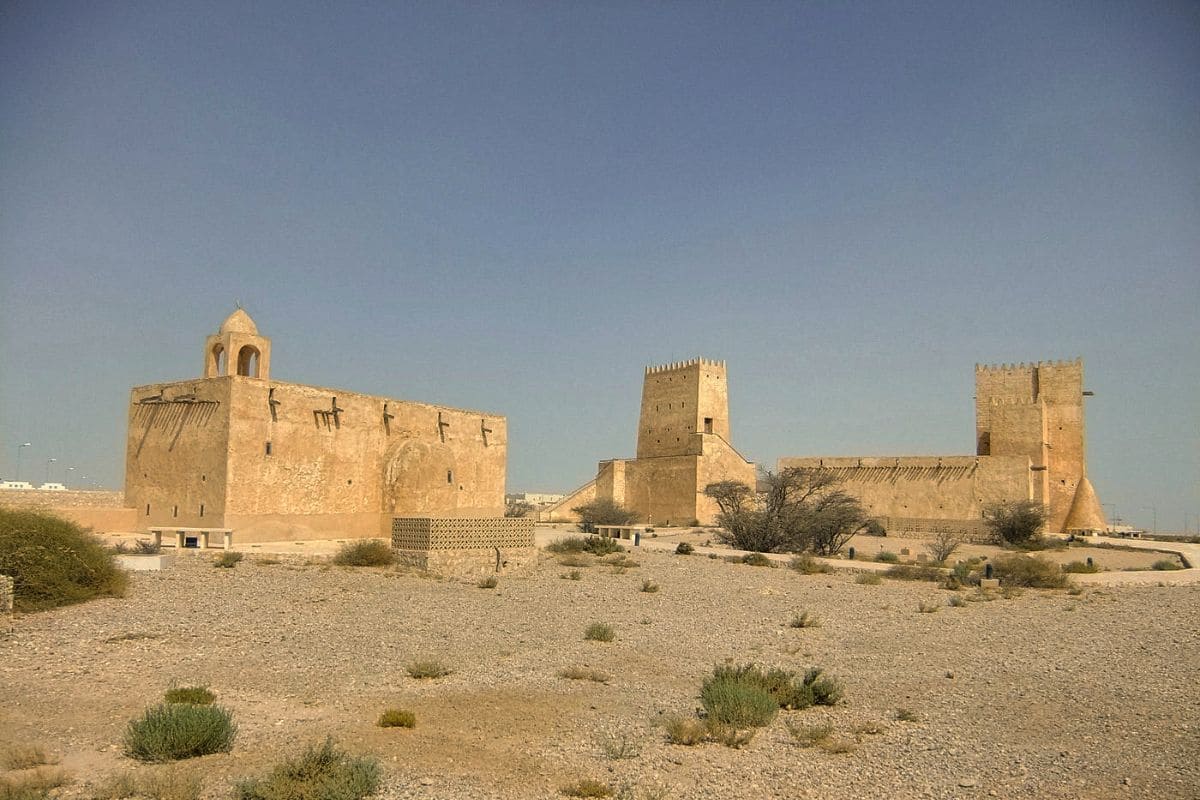
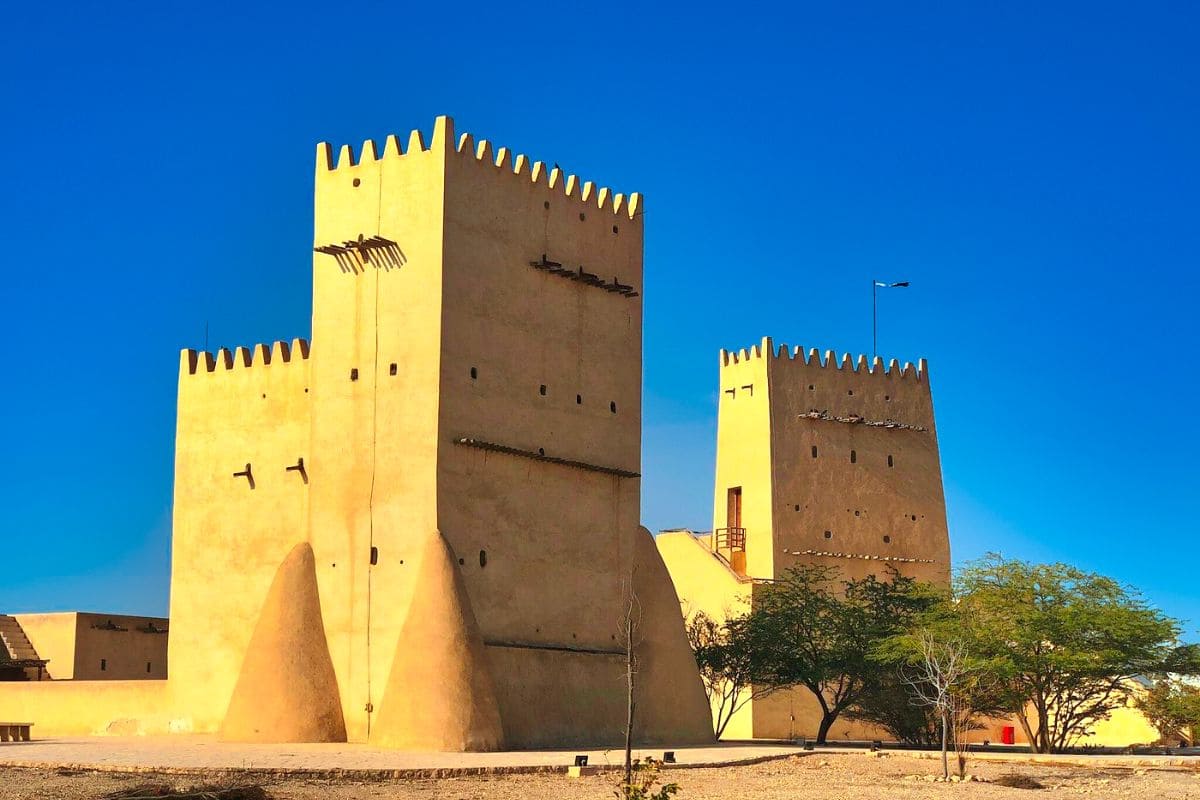

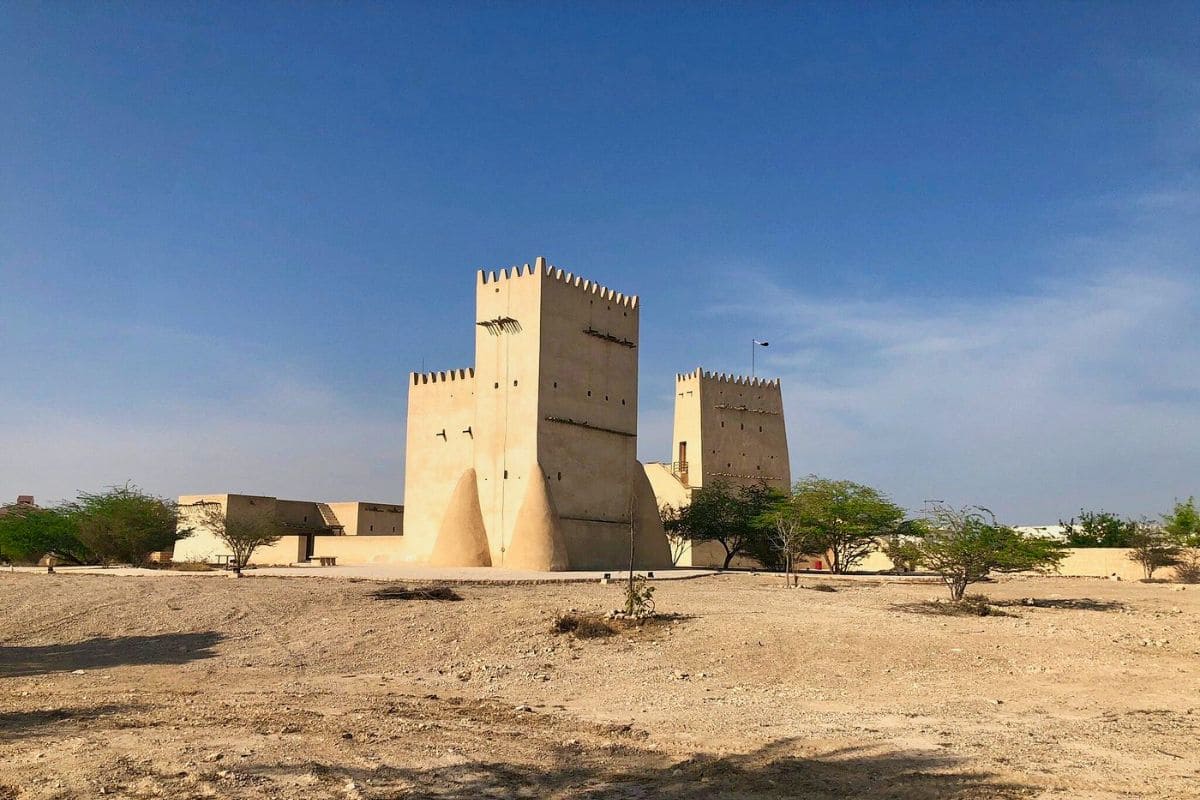


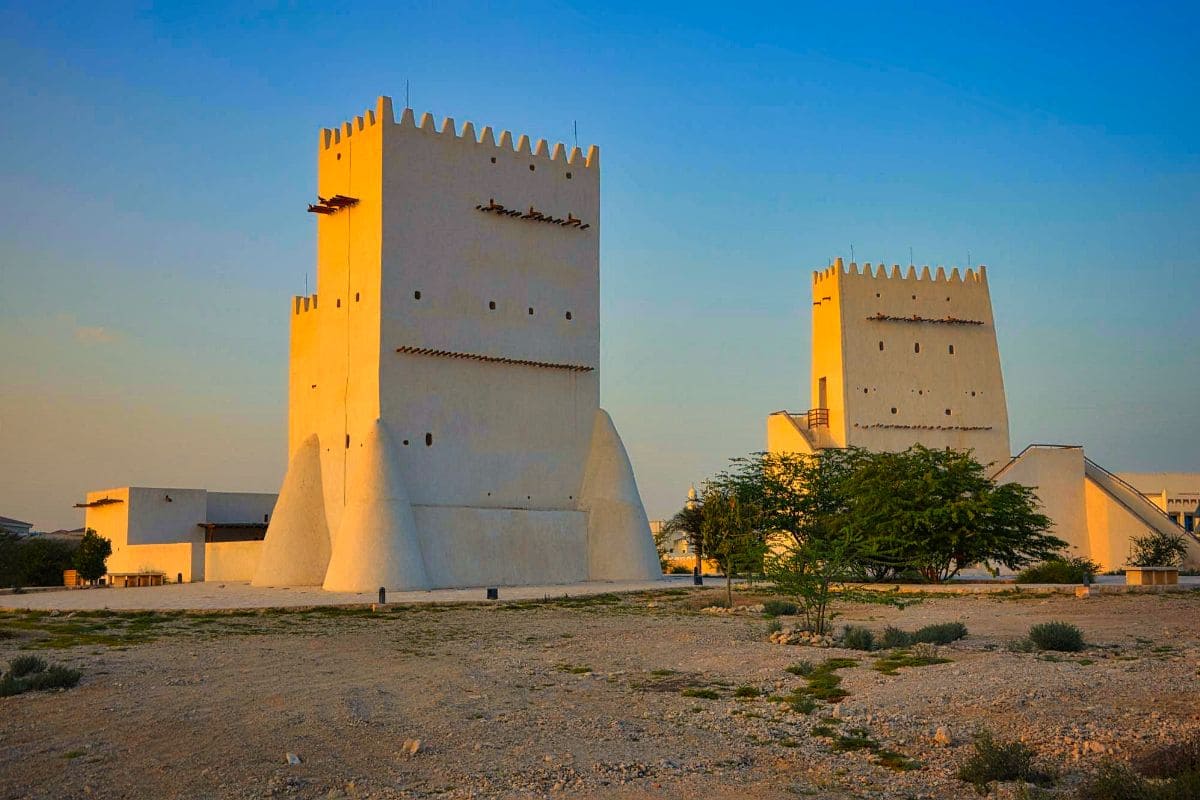
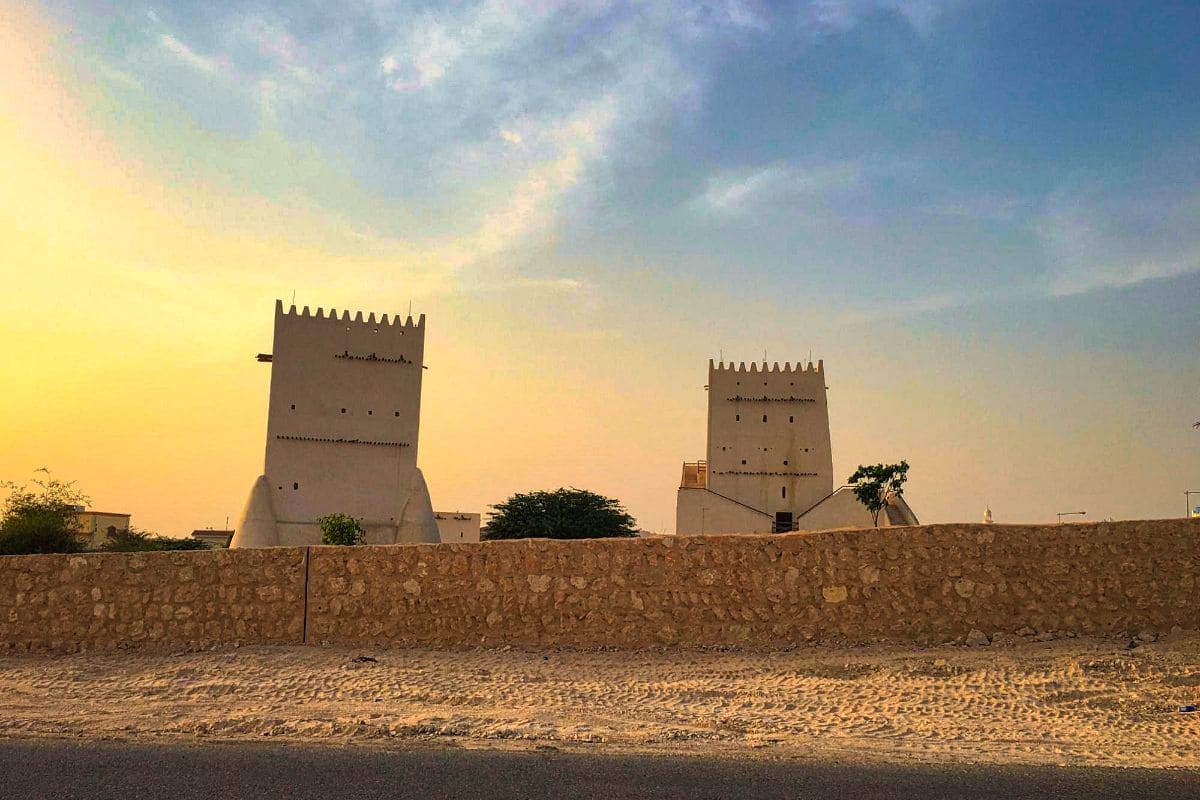
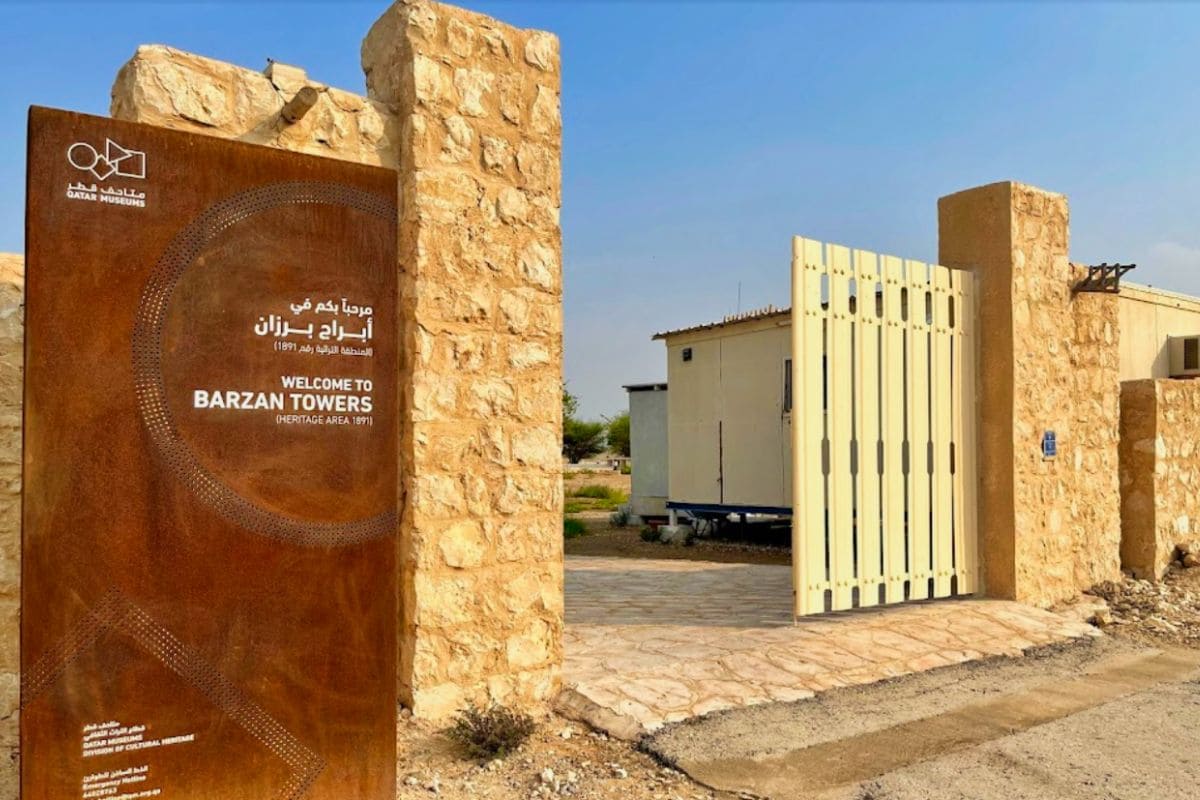
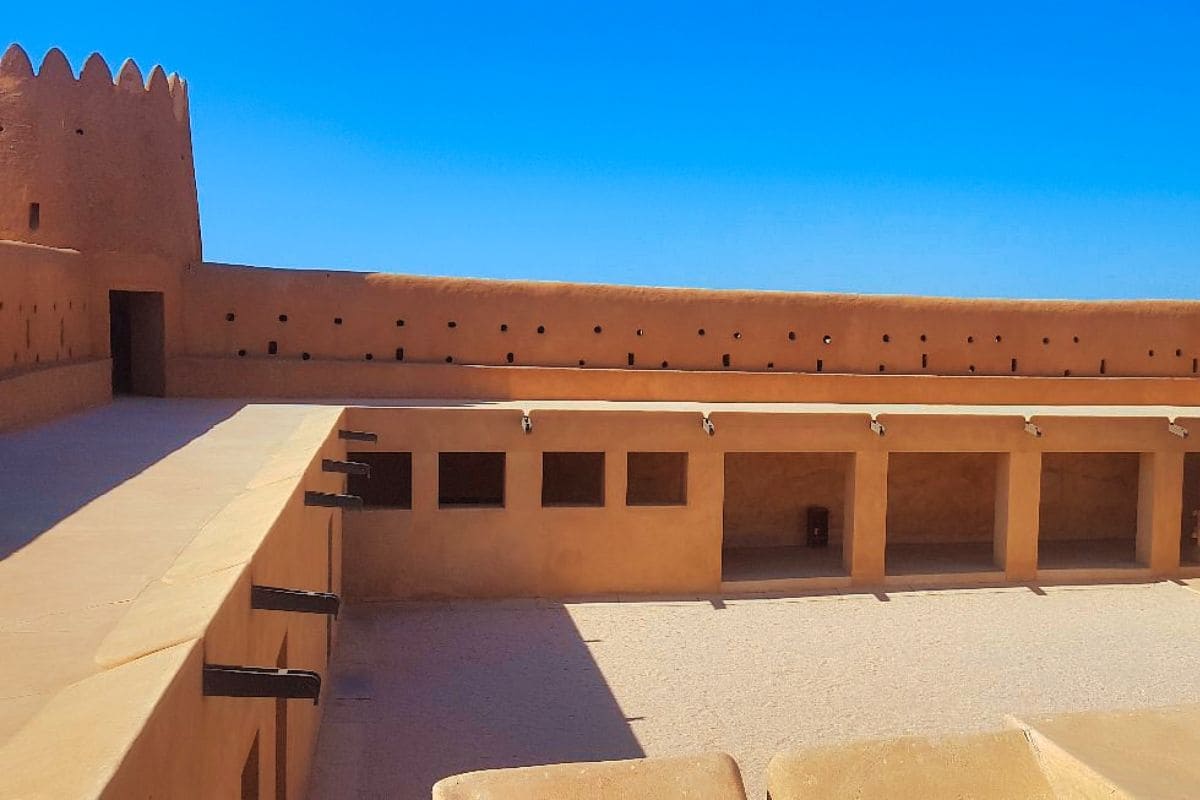

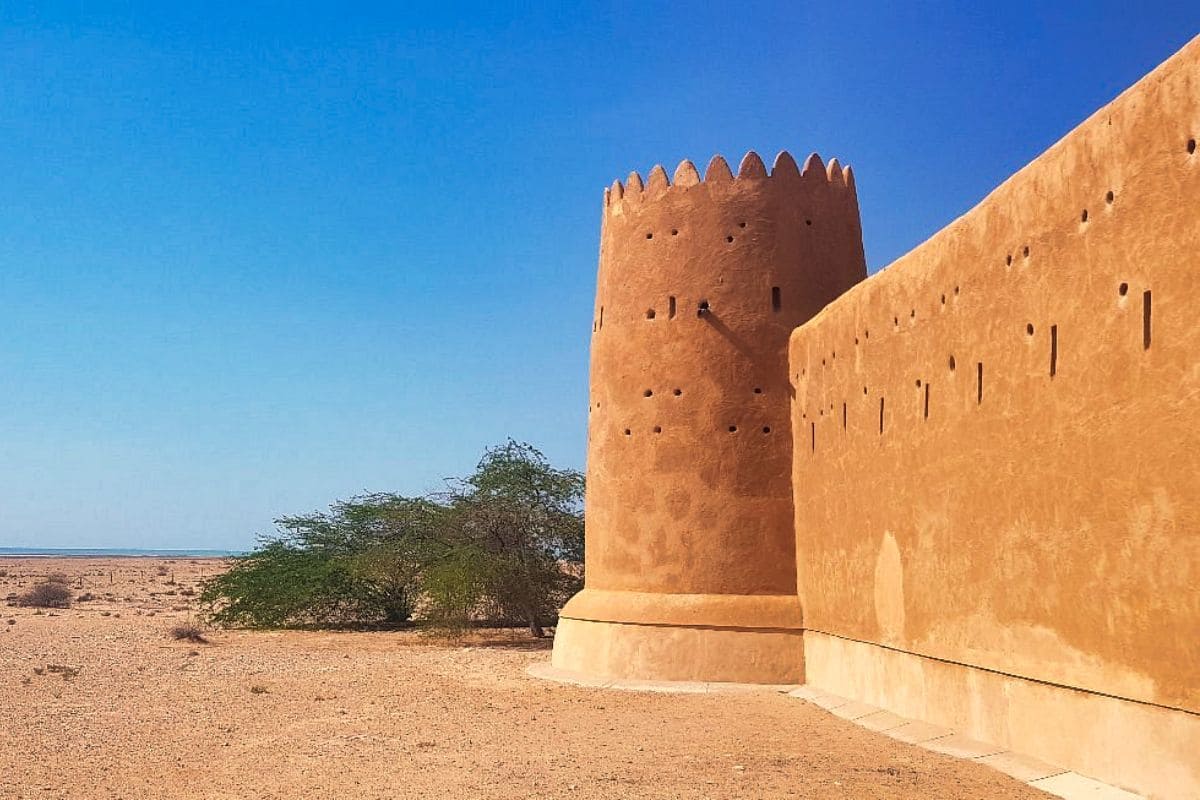
















Add Review